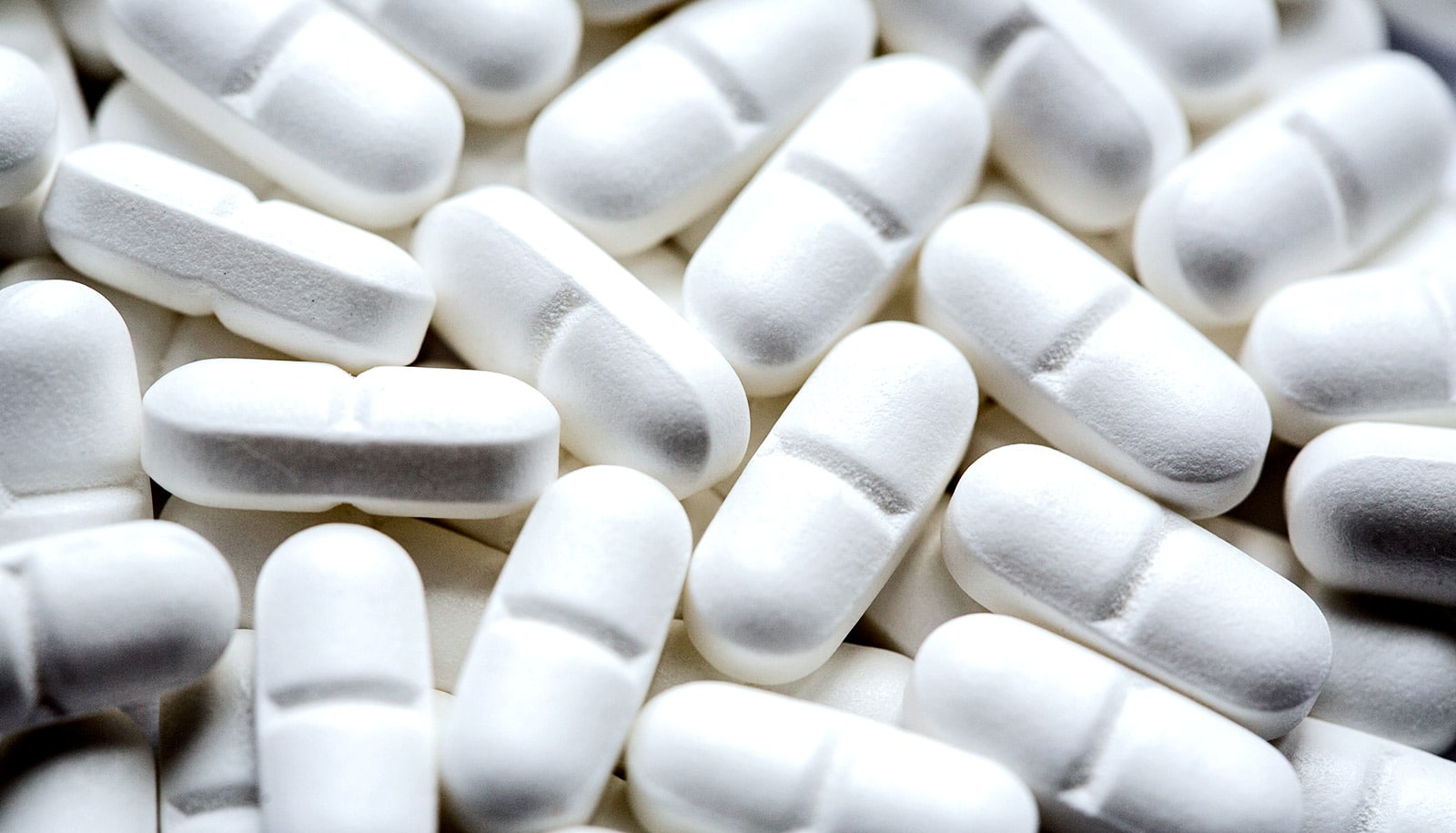Chewing gum may be an effective delivery system for some vitamins, according the new research.
Nearly 15 percent of all chewing gum varieties sold promise to provide health-enhancing supplements to users, so researchers studied whether two vitamin-supplemented products were effective at delivering vitamins to the body.
The research marks the first time that researchers closely scrutinized vitamin delivery from chewing gum, according to Joshua Lambert, professor of food science in the College of Agricultural Sciences at Penn State. The findings, he suggests, indicate that chewing gum—a pleasant habit for many—could be a strategy to help reduce vitamin deficiency around the world, a problem described as an epidemic.
Just chew it
Even in the United States vitamin deficiency is a serious problem, with nearly one in 10 people over the age of 1 deficient in vitamins B6 and C, according to a recent analysis of the National Health and Nutrition Examination Survey.
“I was slightly surprised that no one had done a study like this before given the number of supplement-containing gum products on the market,” Lambert says. “But there is no requirement that nutritional gums be tested for efficacy, since they fall into the category of dietary supplements.”
To find out if supplemented gum contributes vitamins to chewers’ bodies, researchers had 15 people chew two off-the-shelf supplemented gums and measured the levels of eight vitamins released into their saliva. In a separate experiment with the same people, researchers measured levels of seven vitamins in their plasma.
The researchers used an identical gum product—minus the vitamin supplements—as a placebo in the study.
Lambert and colleagues found that gum released retinol (A1), thiamine (B1), riboflavin (B2), niacinamide (B3), pyridoxine (B6), folic acid, cyanocobalamin (B12), ascorbic acid (C), and alpha-tocopherol (E) into the saliva of participants who chewed the supplemented gums.
After chewing the supplemented gums, participants’ blood plasma vitamin concentrations, depending on which supplemented gum they chewed, were higher for retinol, by 75 to 96 percent; pyridoxine, 906 to 1,077 percent; ascorbic acid, 64 to 141 percent; and alpha-tocopherol, 418 to 502 percent, compared to the placebo.
Increasing vitamin levels
For the most part, the research demonstrates that levels of water-soluble vitamins such as vitamins B6 and C were higher in the plasma of participants who chewed supplemented gum compared to participants who chewed the placebo gum. In supplemented gum chewers, researchers also saw increases in the plasma of several fat-soluble vitamins such as the vitamin-A derivative retinol and the vitamin-E derivative alpha tocopherol.
That was the most significant finding of the study, Lambert points out. At least for the products tested, the chewers almost completely extracted water-soluble vitamins from the gum during the process of chewing. The fat-soluble vitamins were not completely released from the gum.
“Improving the release of fat-soluble vitamins from the gum base is an area for future development for the manufacturer,” he says.
Lambert offers one caution about the findings, which appear in Journal of Functional Foods.
“This study was done in an acute setting—for a day we have shown that chewing supplemented gum bumps up vitamin levels in blood plasma,” he says. “But we haven’t shown that this will elevate plasma levels for vitamins long-term. Ideally, that would be the next study. Enroll people who have some level of deficiency for some of the vitamins in supplemented gum and have them chew it regularly for a month to see if that raises levels of the vitamins in their blood.”
Additional researchers are from Penn State and Vitaball, Inc. employee. The one Vitaball employee involved in the work participated in the study design and editing the manuscript, but was not in participant recruitment, sample collection, data analysis, or preparation of the manuscript. No other employee of Vitaball, Inc., participated in the study design and execution.
Vitaball Inc. and the US Department of Agriculture supported this research.
Source: Penn State


